Written by Dan
7th December 2017
backcountry, shovel, probe, safety, mountain, winter, snow, skills, essentials, transceiver
At Mountain Tracks we love off-piste adventure. To ensure the safety of ski trips into the backcountry it’s vital that all those participating are both educated on mountain safety and carrying the necessary avalanche safety equipment. Interestingly, many articles you’ll find online speak of avalanche risk only in relation to skiing ‘powder days’: a very obvious oversimplification! Avalanche scenarios are present in a wide variety of snowfall, temperature and terrain conditions.
Whilst for most skiers there’s simply nothing better than getting fresh tracks off-piste, it’s vital to properly assess the risks of all ski activities and be prepared by carrying the correct equipment. If you have a limited understanding of the science of avalanches, slope safety and how to use avalanche rescue kit (including transceivers, probes and shovels), you may wish to join one of our specialist avalanche training courses. Equipment-wise, let’s take a look at the three main items you should be carrying and assess the latest innovations and how they can assist effective rescue techniques of a buried avalanche victim.
Find out how Mountain Tracks customers get a huge discount of safety equipment at the bottom of this blog.
Transceivers
All transceivers nowadays work on the international standard frequency of 487 kHz, with the manufacturers’ beacon models differentiating themselves with various automatic and other advanced features. An important initial consideration is your level of experience using a transceiver — some are certainly easier to use than others. No matter which model you decide to purchase, you’ll need to familiarise yourself with its functions and practice conducting searches: reading the manual is not enough! Should you be unfortunate enough to have a member of your party caught in a slide, you’ll appreciate having spent time understanding how the device actually works. This is particularly the case in the event you’re searching for multiple buried victims. Many resorts now feature a dedicated ‘beacon search park’ where you can practice your skills - if there’s one nearby, make use of it! Teaming up with friends and having a search competition to see who’s rescue savvy and most efficient in finding a transceiver can be great fun, especially when you have a few après-ski drinks as a prize for the best searcher!
Mammut Barryvos S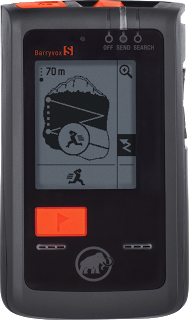
Mammut’s most advanced transceiver, the Barryvox S, has many new features that put it at the forefront of beacon innovation. The Mammut team have further developed the Barryvox’s fine search tools such that the transceiver performs particularly well over larger ranges and in more complex (multiple burials) scenarios. A further focus of the tech team at Mammut has been improving its ease of use, particularly in simplifying the display readout and making it more straightforward to understand what the transceiver is telling the user. The high-end nature of this product is reflected in the pricing, however: while the RRP is £445, you’ll probably be able to find it for as low as £297 if you shop around.
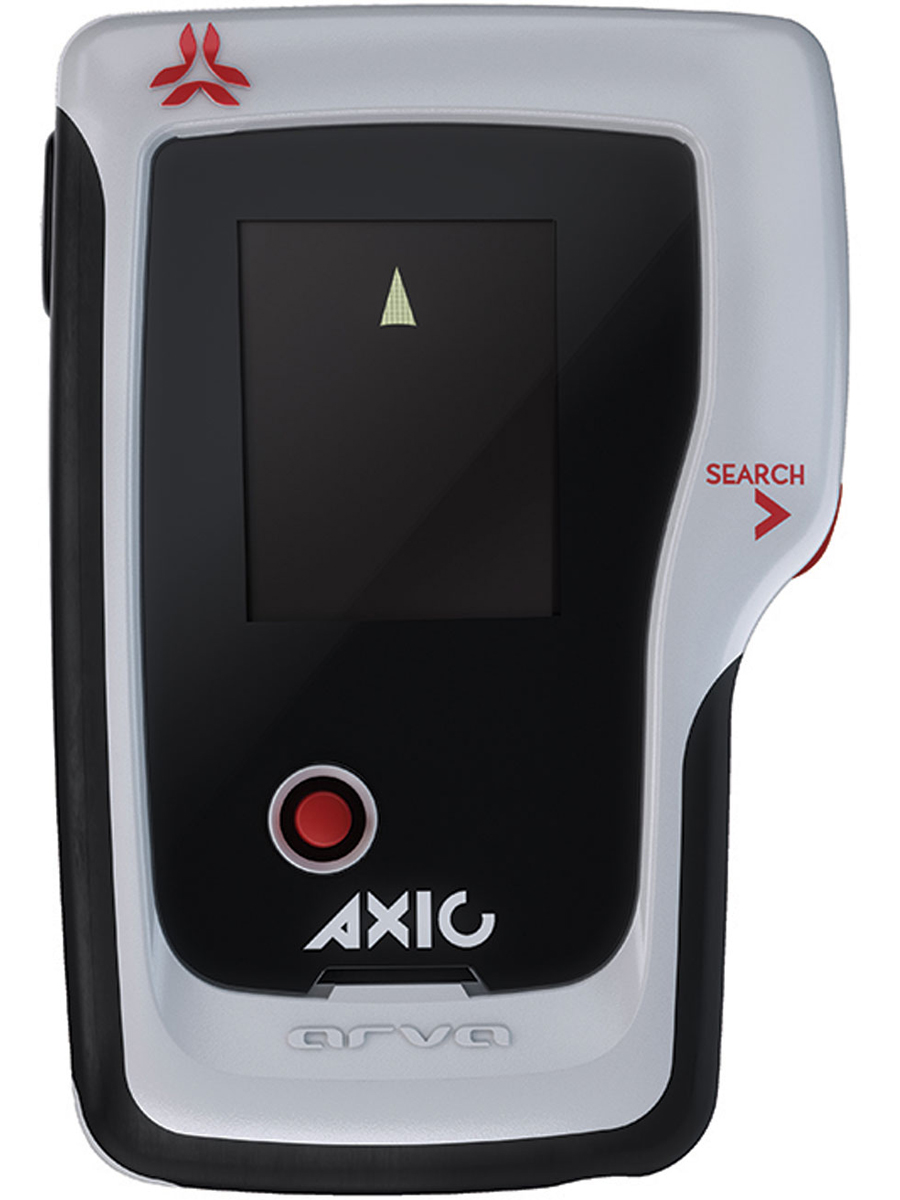
Arva Axio
The Arva Axio definitely falls in the category of an advanced user’s transceiver: unlike the Mammut model, it’s not as intuitive in the search mode unless you’ve quite a bit of experience. The major innovation of the Axio distinguishing the beacon from its competitors is its ingenious flip out third antenna: this ability allows Arva to incorporate a longer antenna, which in turn increases bandwidth and gives the unit a significantly larger search range. In addition, Arva has also developed technology into the Axio that improves accuracy and allows for faster real-time updates in search mode. The Arva Axio retails as £310 RRP.
Ortovox 3+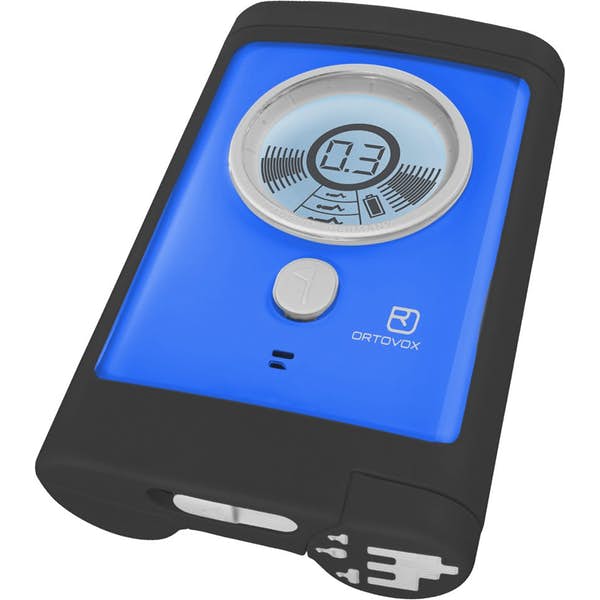
Ortovox’s newest model, the 3+, is a compact three-antenna unit that features a novel technology that senses the orientation of the beacon in real time and adjusts how the transceiver is transmitting accordingly. The purpose of this innovation is to maximise the efficacy of the transceiver’s transmission pattern (a vertically oriented antenna would normally product flux lines that are complex for a receiving unit in search mode to interpret): this ultimately means that the using the Ortovox 3+ could result in your being found faster should you be unfortunate enough to be caught in an avalanche — food for thought indeed. For an advanced transceiver the Ortovox 3+ is particularly good value, retailing at £250 RRP.
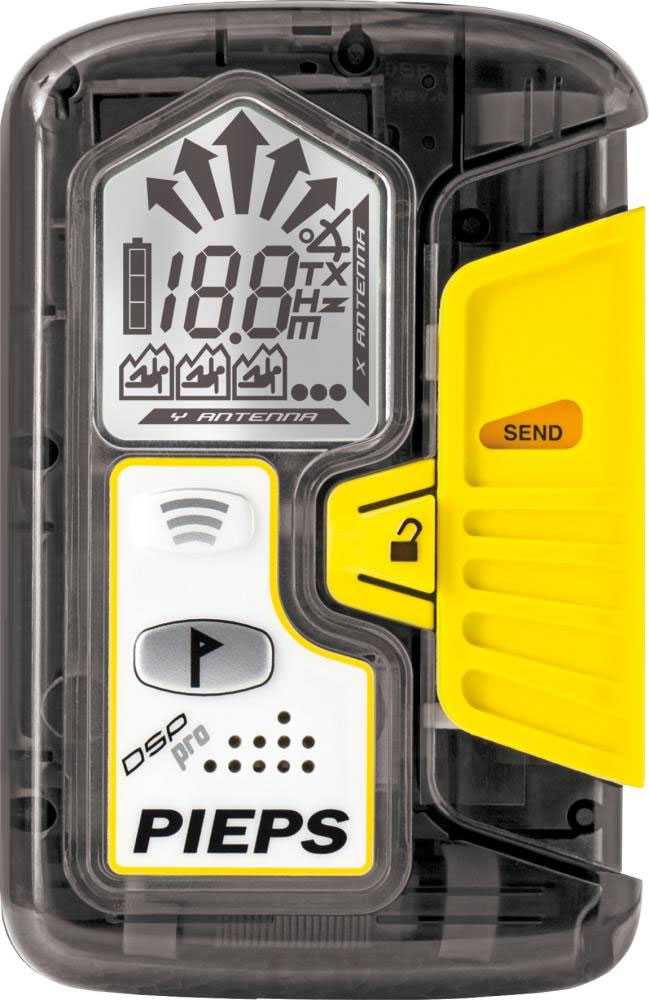
Black Diamond/PIEPS DSP Pro
The BD/PIEPS DSP Pro offers more advanced options than its cheaper sibling, the DSP Sport model — as such its better suited to those with more experience using beacons. The DSP Pro is solidly built and offers innovations that are unique to this brand: in particular, an ‘auto-search-to-send’ mode that integrates sensing technology which automatically switches the transceiver from search mode to transmit mode if the unit ceases to move for a duration of time: this is a well-executed feature that could prove lifesaving if the searcher is caught in a secondary slide. Other features of the DSP Pro are its inbuilt inclinometer, large search range (60 metres) and industry-leading 400-hour battery life in transmit mode. The PIEPS model retails at £330 RRP in the UK.
Shovels
The importance of a good shovel can’t be stressed enough. Thankfully, the days of flimsy plastic shovel blades and poorly designed locking mechanisms to secure the unit in use are over. That said, despite recent innovations and advances in shovel design, it’s still surprising how much the different manufacturers' offerings vary in quality. The importance of getting your hands on a shovel and actually seeing how it fits together and will perform in an emergency can’t be stressed enough. Whilst this may seem an exaggeration, in fact, many still overlook the fact that selecting the optimal shovel may have a significant final impact on the overall time taken to effectively rescue a buried victim.
Design is partly a matter of personal preference, but I’d recommend a shovel with a D-shaped handle, such as the Ortovox Kodiak, BCA B-52, or the Black Diamond Evac-9 models. The advantage of D-Shaped handles is that they work well with mittens, are easier to grip with colder/slippy gloved hands, and can be used to exert more pressure and shift denser snow with more leverage. It’s also advisable to take the pack you’ll be carrying with your gear in it to check the shovel fits snuggly inside: fixing the shovel to the outside is risky: should you fall it can easily be ripped off and lost. Also check the length of the shaft: longer shafts provide more leverage, however, they are slightly heavier and are more difficult to squeeze into a tightly packed rucksack — telescopic shafts are therefore a smart compromise! Of course, the shape and size of the shovel blade is key to its efficiency and efficacy. Small blades save weight and are easier to handle, but they’re much less efficient in moving large quantities of snow. Optimum shovel blade size is partly dependent on your strength: using a large shovel with the blade under filled isn’t especially effective — better to opt for a smaller shovel.. unless you’re prepared to train pre-season in the gym or regularly practice digging to improve your technique (never a bad idea for any off-piste skier or snowboarder anyways!). Blade weight varies with design: more complex, curved designs, or those with serrated edges to aid cutting through hard snow and ice, tend to be a bit heavier; however, cutting back on a few grams shouldn’t be your primary objective — you’ll want a reliable tool for effective digging should you ever be unfortunate to have to recover an avalanche victim. If in doubt, opt for the heavier tool and figure that carrying the extra weight will make you just that little be fitter!
Ortovox Kodiak 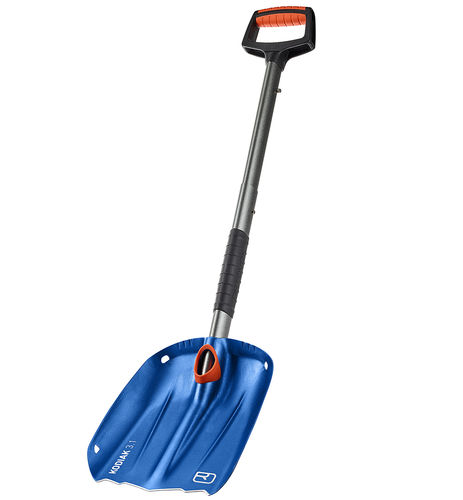
The Kodiak shovel features a high-strength oval cross-section shaft and a telescoping handle, with the rubberised D-grip sitting at the end of a shaft that locks automatically during assembly. The Ortovox shovel slides into packs easily and its hardened aluminium blade also sports a teethed edge to aid in cutting through harder compacted snow and ice — this shovel is as sturdy and practical as they get! Great design.
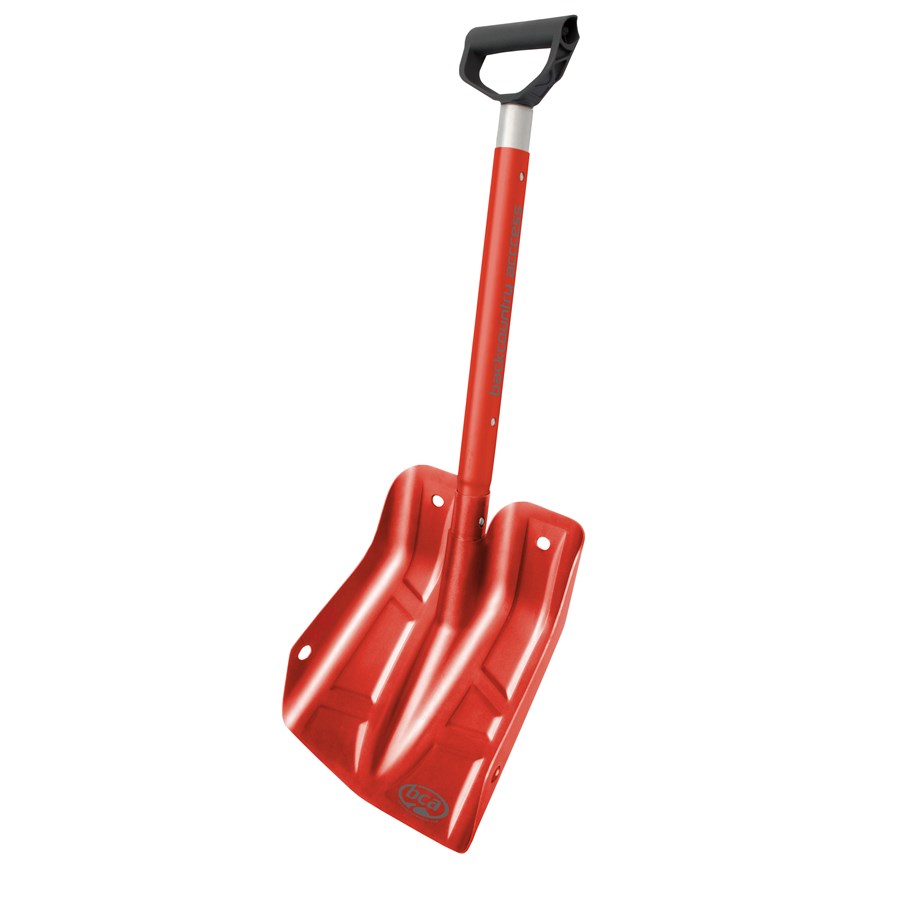 BCA B-52
BCA B-52
The excavation process in an avalanche rescue is frequently a point where precious time can be lost — the B-52 features an ergonomic grip, an end cap on the shaft to prevent snow building up inside, a heat-treated blade and a collapsible shaft. It also features an easy to grasp D-shaped handle.
Black Diamond Evac-9
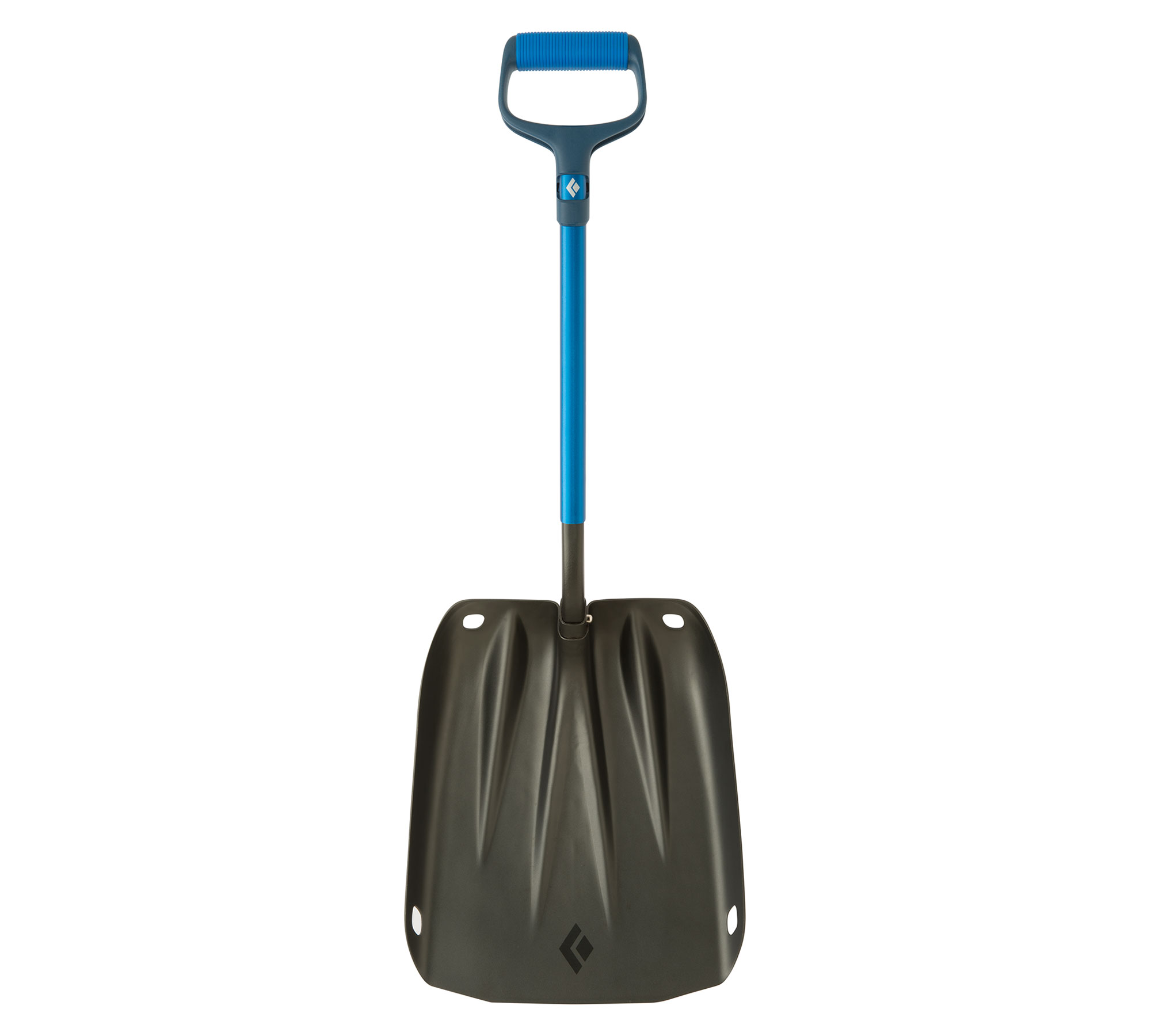
BD’s top-of-the-line shovel features a unique handle that can be set up in two configurations for digging test pits or rapid snow removal. The large blade moves snow quickly, and a flat-bottom profile helps you get a good clean face on your pit wall. The extending shaft and large D-shaped handle increase comfort and are ease use with mittens on colder days.
Probes
Avalanche probes are used in determining the exact position of a buried avalanche victim and for measuring the depth of the burial. Probes are often something of an afterthought but are in fact an absolutely essential part of the backcountry skier’s kit. Transceiver, shovel and probe are all mandatory — omit any one piece and you’re seriously compromised, risking the safety of others (not just those in your party, but any other person on the mountain whose aid you might come in the event of an incident): avalanche rescue procedure requires that you have the tools to do the job!
While shorter probes are slightly lighter, the advent of carbon probes and svelte aluminium shafts means that you really shouldn’t get too worked up about shaving grams off the kit here — all the 240cm to 300cm offerings this season are considerably lighter than equivalent models from a decade ago. Longer probes also have the advantage of allowing you to space your hands along their length more widely, limiting the chance of inadvertently breaking the probe. A further advantage of the 3m poles is that, when used for extended periods — such as in an organised probe line with your peers, the extra length allows you to keep more upright, limiting back fatigue.
Advances in R&D have also resulted in more durable probes that are much faster to assemble — critical when seconds can literally save lives. These days the main consideration is whether to go for a carbon or an aluminium probe; the main differences between the two being that carbon probes are lighter, whilst aluminium poles tend to penetrate through avalanche debris and denser snow and ice more easily. Whilst certain ski poles are convertible and can be screwed together to form a probe, they are far from ideal — and should only be carried as a backup to a dedicated probe: in an avalanche situation extra minutes spent unscrewing sections and removing snow baskets could cost your buried ski partner dearly! Lightweight probes today weigh no more than around 385gm, with the very lightest 240cm probes being just 220gm! As with transceivers and shovels, it can’t be stressed enough that, before heading out into the backcountry, you should practice assembling and using a probe. ‘Whipping out’ a probe from a pack might seem pretty obvious, but it’s surprising how many skiers venturing off-piste buy the kit, throw it in their pack, then never think to check how to deploy it. Looking for a friend in the event of a slide and burial is not the time to be figuring out any detail, however minor, for the first time. You should practice deploying the probe so that it’s second nature, and so that you can spot and rectify any immediate problem instantly, without getting in a flap: in the event of a real-life avalanche scenario you’ll be stressed enough without the burden of knowing that you could, and should, have been better prepared!
Arva Light 240 Compact Avalanche Probe 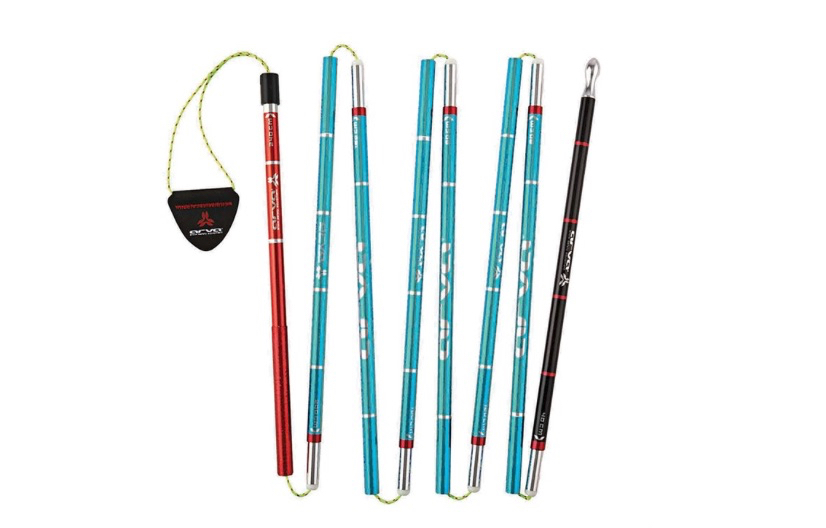
Lightweight aluminium probe that incorporates Arva’s flash locking system courtesy of a Kevlar-reinforced tension band. This compact probe is collapsing down to 30cm when dissembled, easily fitting into most backcountry skiers’ packs.
BCA Stealth 300 Carbon Avalanche Probe 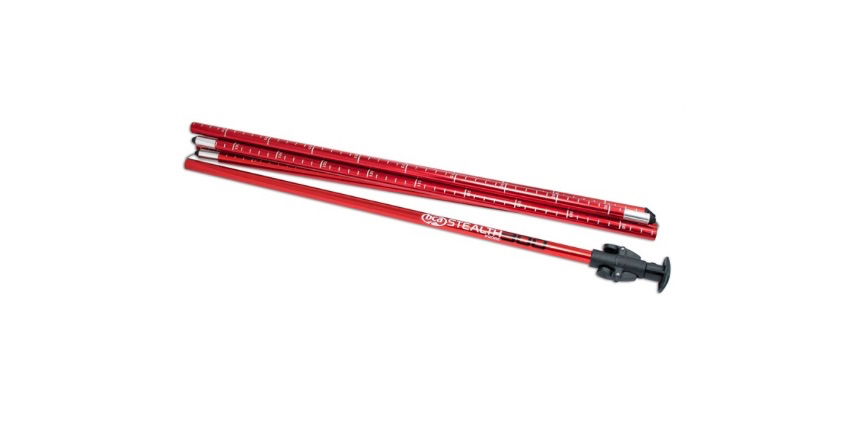
The 3m Stealth probe from Boulder-based Backcountry Access is available in both an aluminium and ultra-lightweight carbon version. The quick lock mechanism to fix the extended probe is one of the easiest to use and fastest systems on the market.
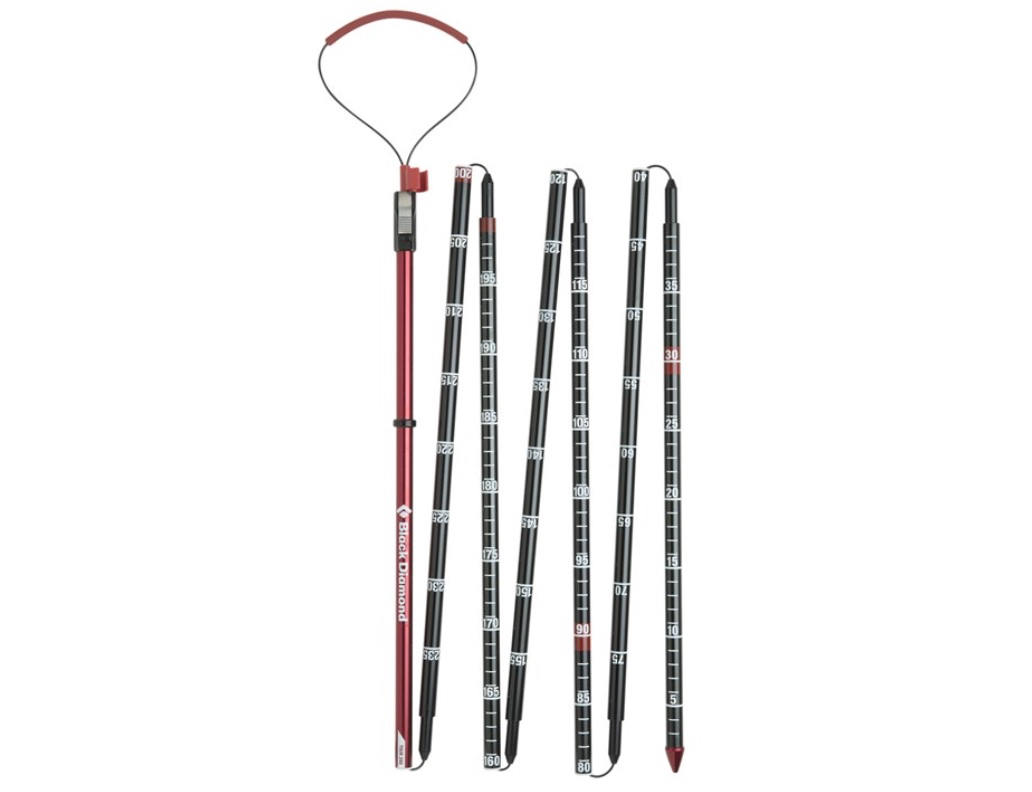 Black Diamond Quickdraw Probe Tour 280
Black Diamond Quickdraw Probe Tour 280
The Quickdraw probe feature’s Black Diamond’s proprietary rapid deployment stuff sack that integrates with the probe’s pull cord: this allows for an even faster one-pull deployment. The probe also features additional well thought through design features such as a non-slip grip and an oversized, durable ally tip to improve probing sensitivity by creating a larger hole in the snow to aid vertical movement of the probe.
We hope this blog article has proved insightful and, if you’ve not got the kit, we hope you’ll enjoy the retail therapy shopping for the appropriate kit to serve you in the backcountry! Of course, it goes without saying that, aside for testing and measuring snowpack with your shovel and probe, and with respect to regular testing and practising searching with your transceiver, it’s hoped that these essential items won’t be put to use in an emergency scenario. The best way to avoid incidents is by taking smart, informed decisions! Mountain Tracks are running avalanche training sessions in Chamonix this winter — find out more here.
If your joining us on a Mountain Tracks trip you will have received a free Ski Club of Great Britain membership, the membership offers huge discounts on backcountry safety kit
click here to see the full shopping list!
 Off-Piste
Off-Piste Ski Touring
Ski Touring Via Ferrata
Via Ferrata Ice Climbing
Ice Climbing Alpine Glacier Trekking
Alpine Glacier Trekking Worldwide Trekking
Worldwide Trekking



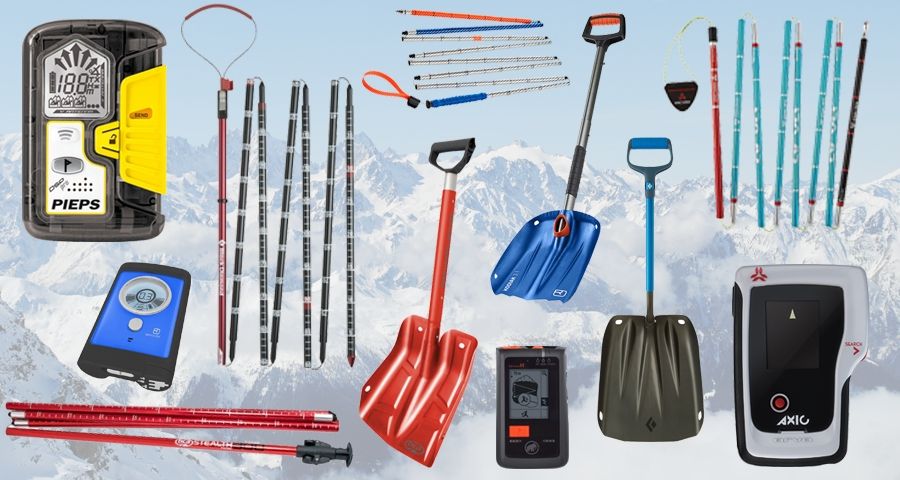





 BCA B-52
BCA B-52


 Black Diamond Quickdraw Probe Tour 280
Black Diamond Quickdraw Probe Tour 280 Travel Website Development
Travel Website Development